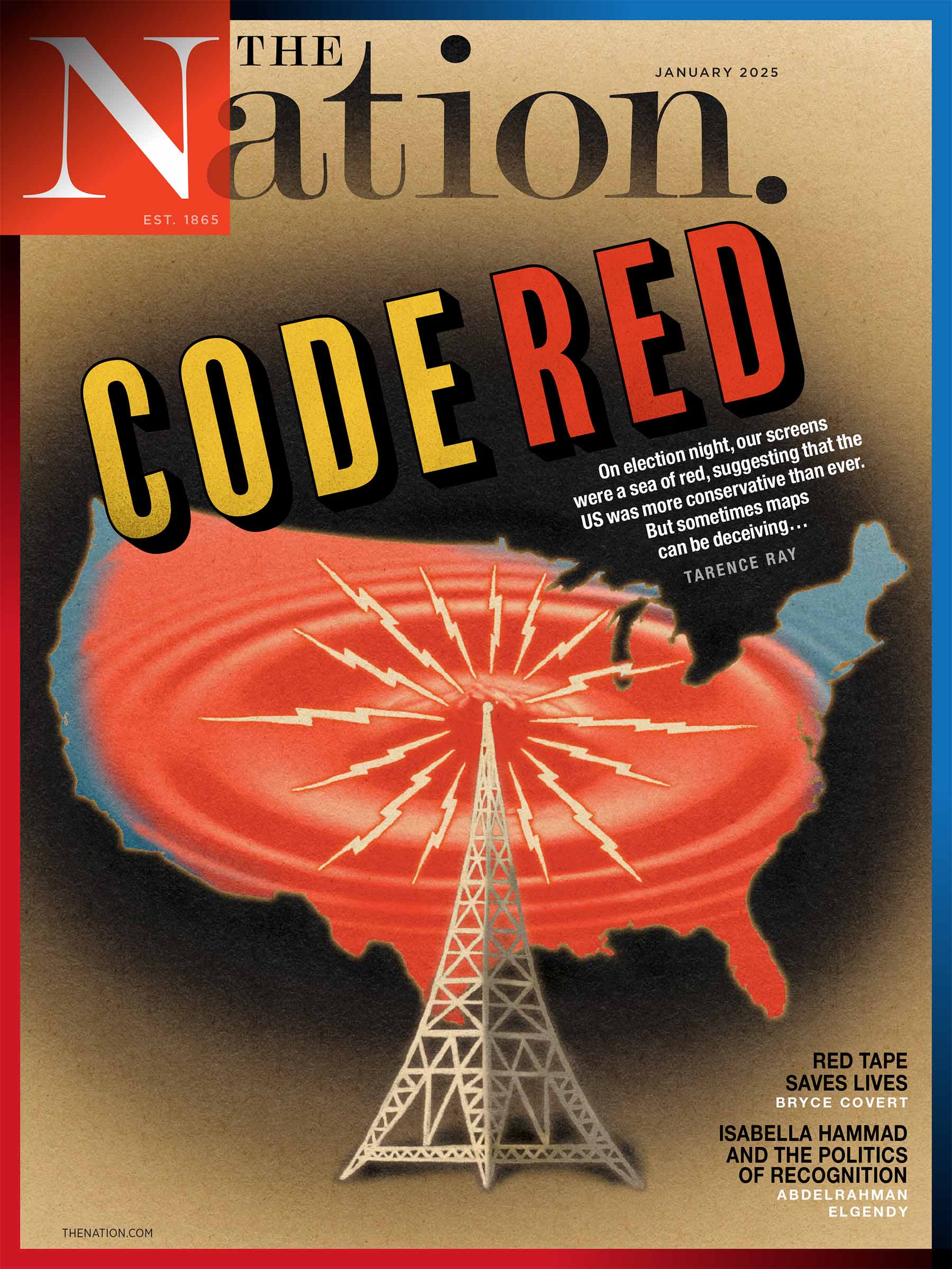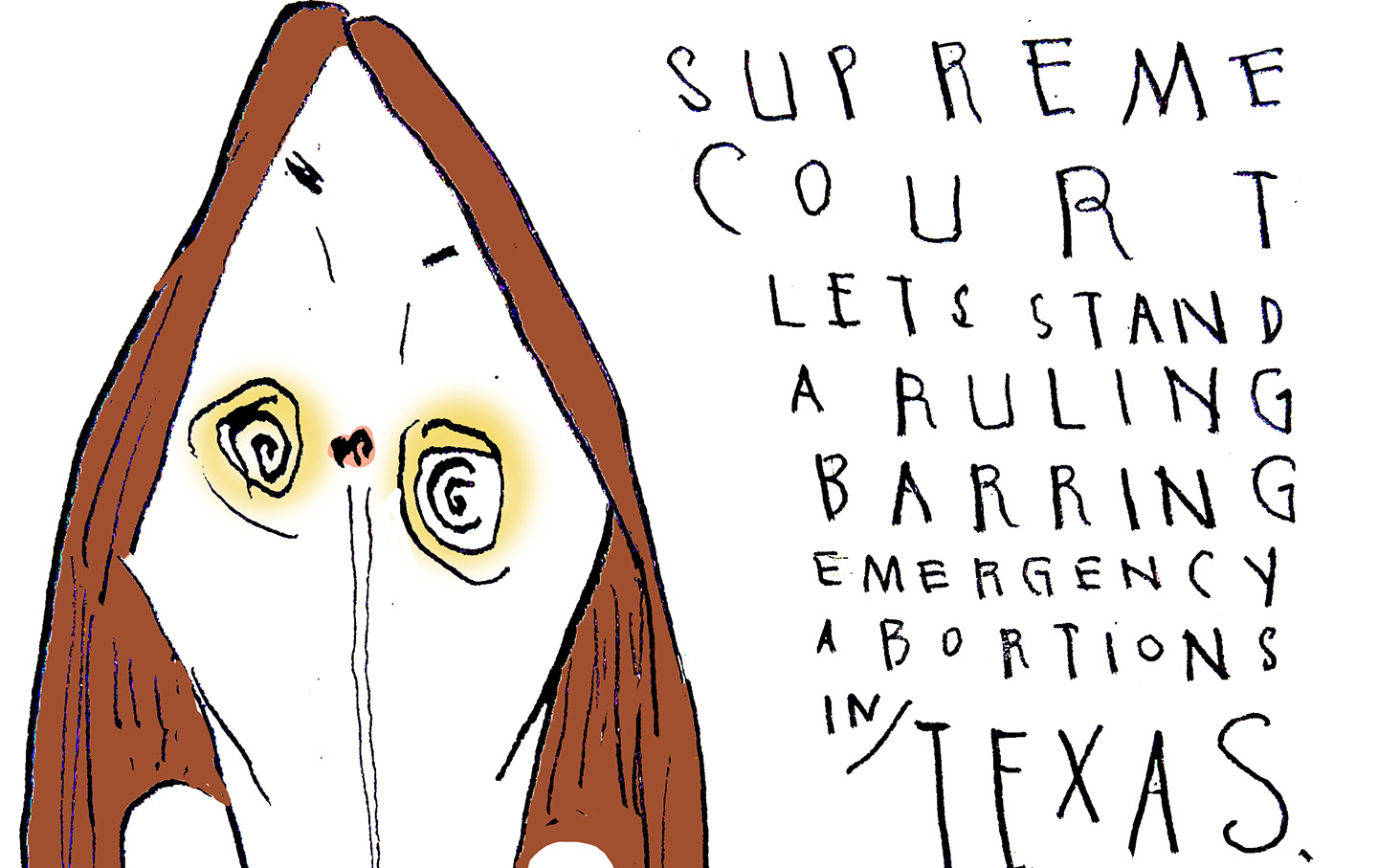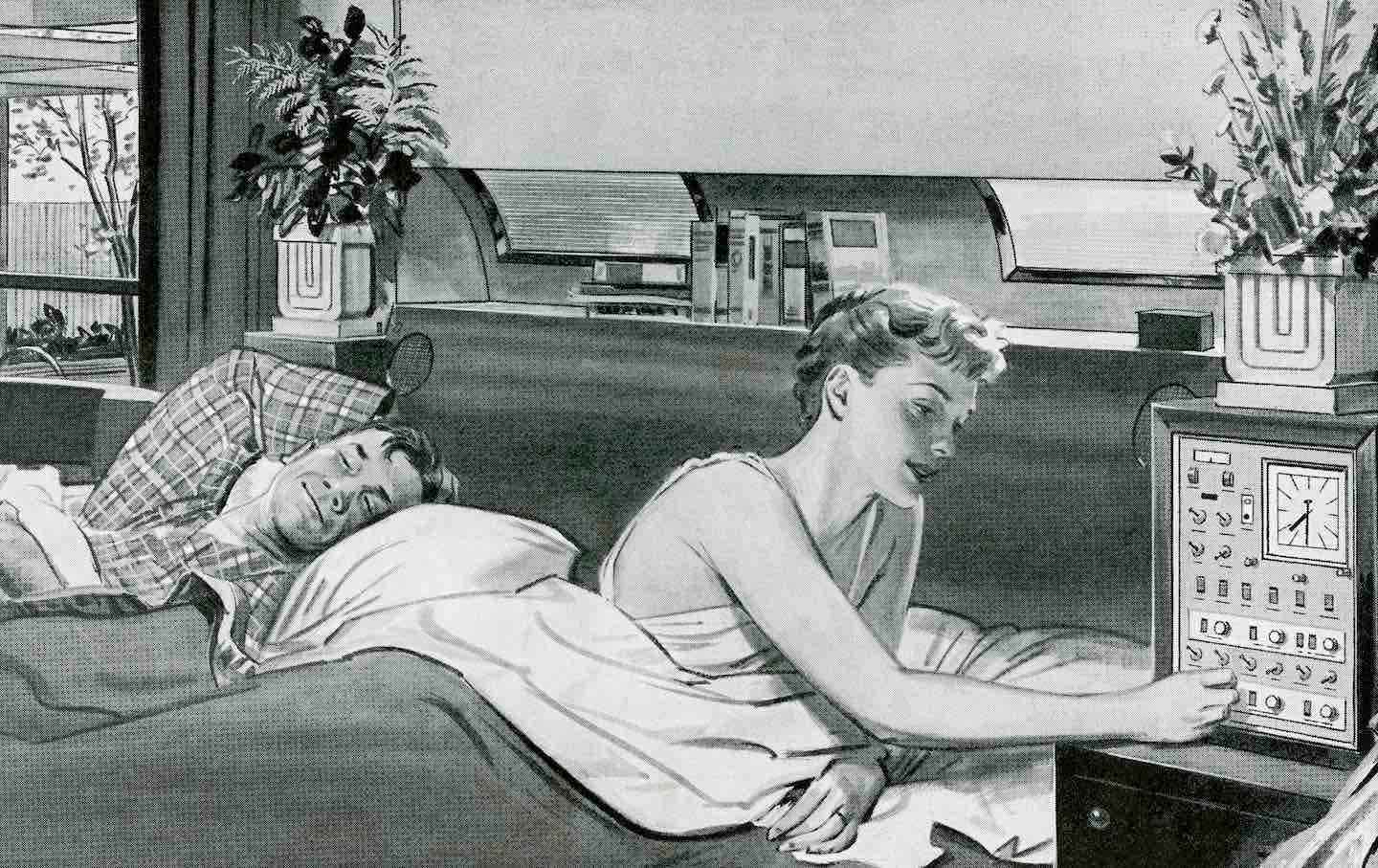
The Crisis in the Care Economy The Crisis in the Care Economy
How was care commodified? And what has that meant for an undervalued but increasingly important workforce.
Oct 16, 2024 / Books & the Arts / Maia Silber
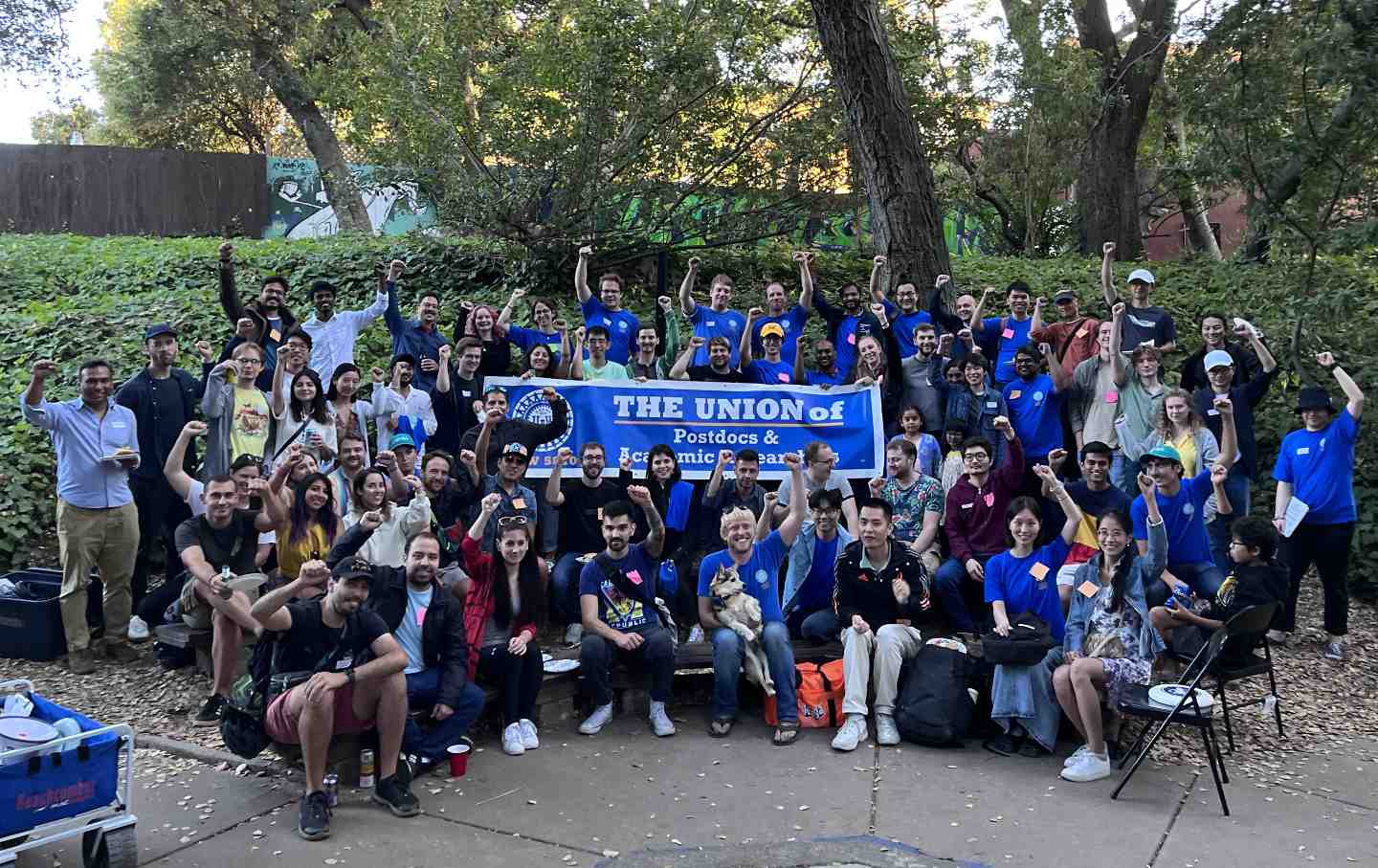
Grad Students Are Unionizing in Droves. Can Postdocs Lead the Next Wave? Grad Students Are Unionizing in Droves. Can Postdocs Lead the Next Wave?
Postdoctoral fellows are vital to universities—running labs, training students, and writing grants—while being overworked and lacking adequate job protections.
Oct 16, 2024 / StudentNation / Marie-Rose Sheinerman
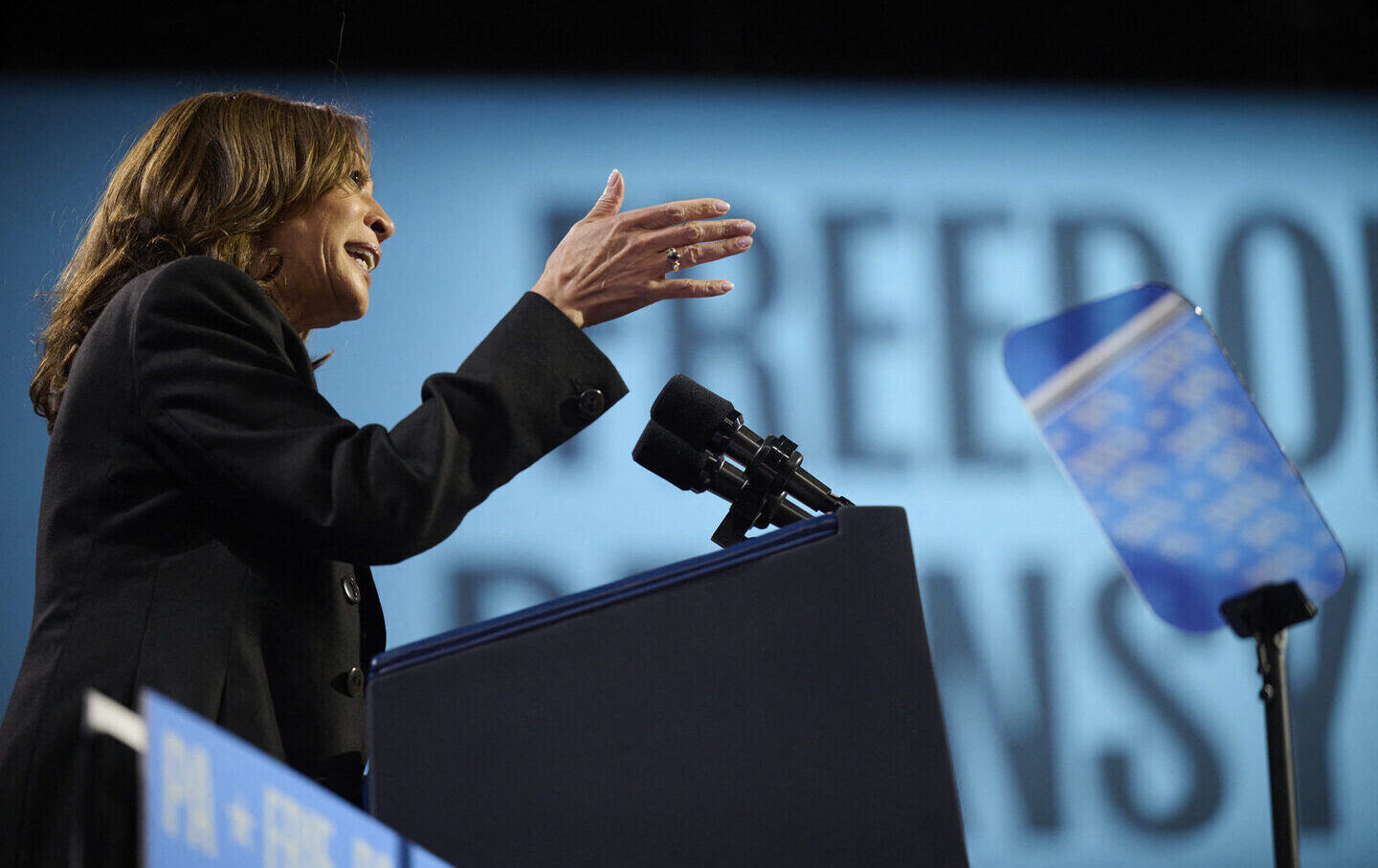
Understanding the Undecideds, plus Working Class Voters Now Understanding the Undecideds, plus Working Class Voters Now
On this episode of Start Making Sense, Rick Perlstein on the failures of journalism, and Eyal Press on Harris in Pennsylvania.
Oct 16, 2024 / Podcast / Jon Wiener
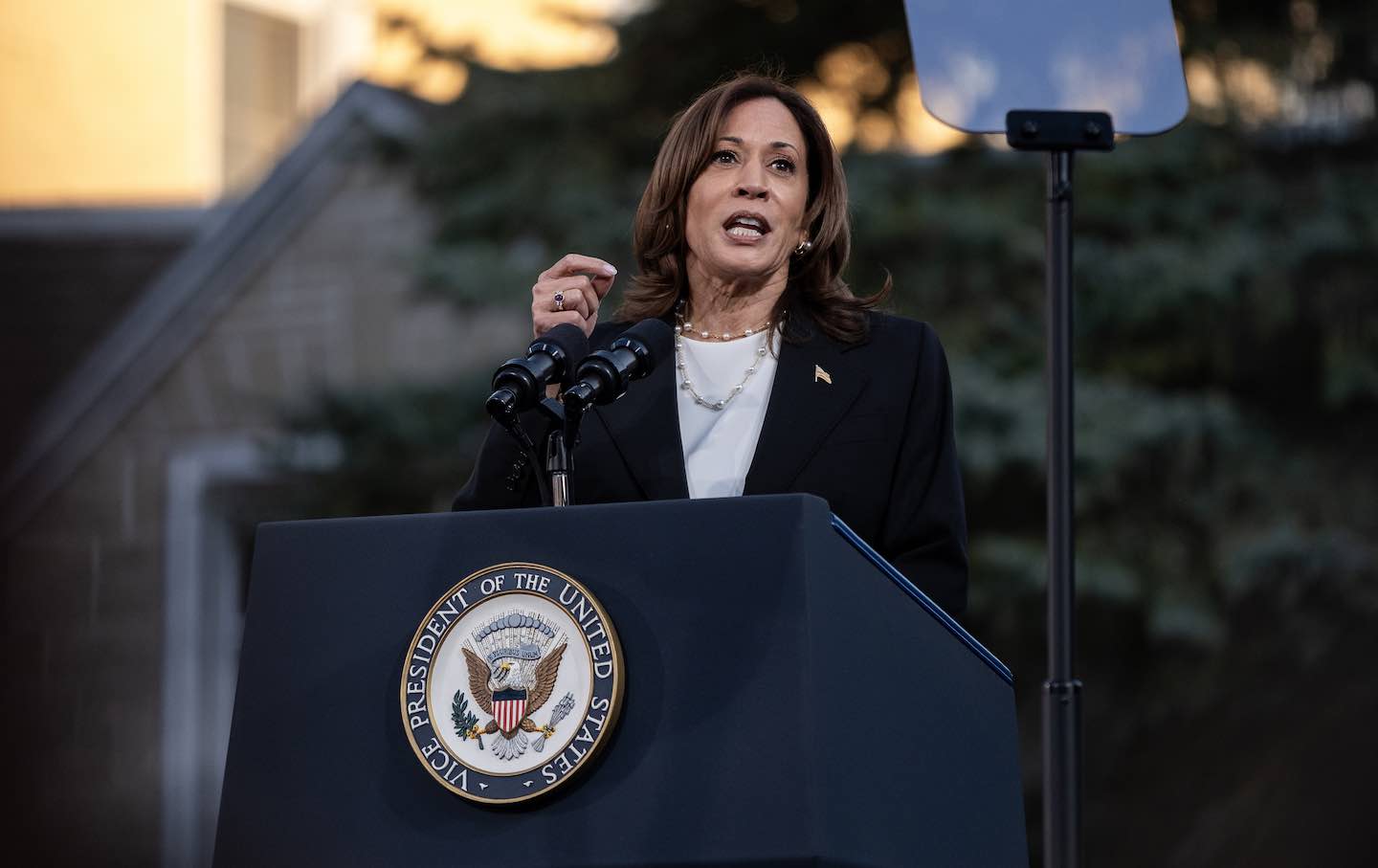
Recipe for a Harris Win: More Obama, Less Cheney Recipe for a Harris Win: More Obama, Less Cheney
Embracing right-wing Republicans won’t excite undecided voters. Associating with a popular Democrat who understands battleground states like Wisconsin will.
Oct 16, 2024 / John Nichols
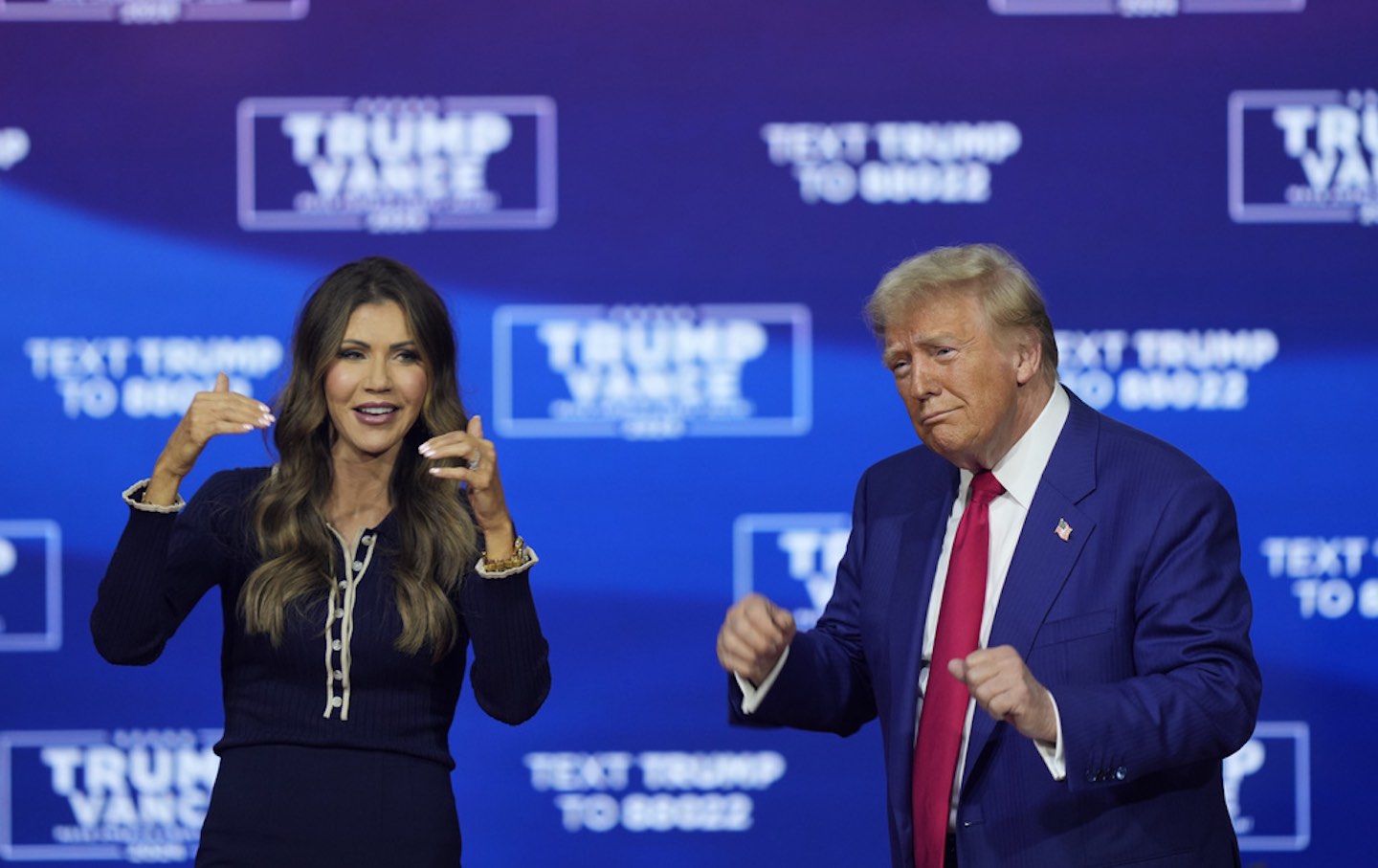
Last Night, a DJ Saved My Campaign Rally Last Night, a DJ Saved My Campaign Rally
At a town hall event in Oaks, Pennsylvania, Donald Trump appeared to give up on politics and spent 39 minutes nodding along to his favorite songs.
Oct 15, 2024 / Chris Lehmann

Teaching Complicated Athletes to Children Teaching Complicated Athletes to Children
On this episode of Edge of Sports, Author Andrew Maraniss on his new book.
Oct 15, 2024 / Podcast / Dave Zirin

India's Homeland Security and Israel India's Homeland Security and Israel
On this episode of American Prestige, Rhys Machold on India’s attempt at homeland security via Israel.
Oct 15, 2024 / Podcast / Derek Davison and Daniel Bessner

The Harris Campaign Has Offered Trans People Almost Nothing The Harris Campaign Has Offered Trans People Almost Nothing
Harris has been virtually silent on trans rights, and her policies would disproportionately benefit well-off trans people.
Oct 15, 2024 / Charlie Markbreiter
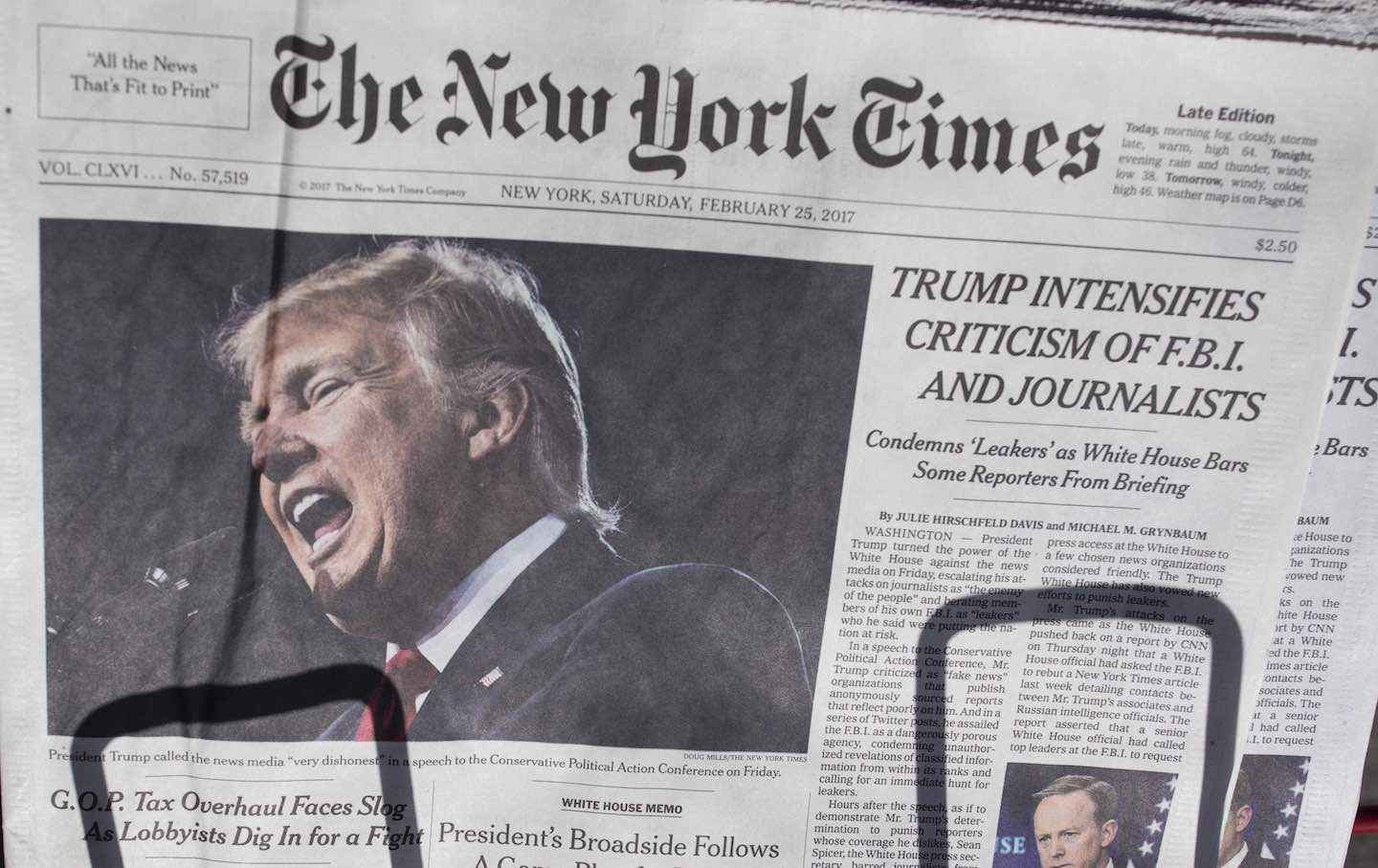
The Press Needs to Start Taking Trump Literally The Press Needs to Start Taking Trump Literally
The former president’s threats may seem outlandish. But his agenda is genuinely dangerous.
Oct 15, 2024 / Chris Lehmann
